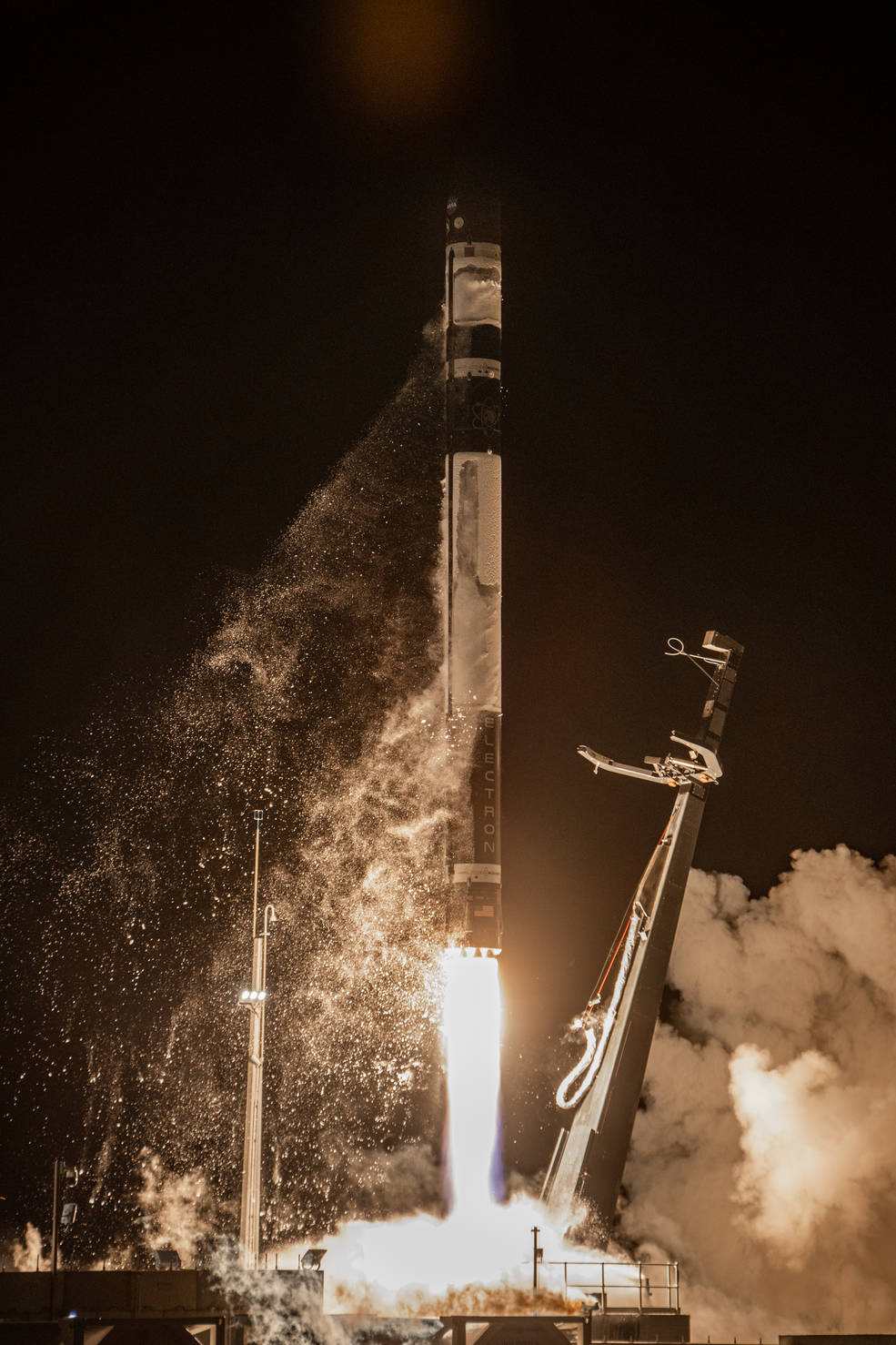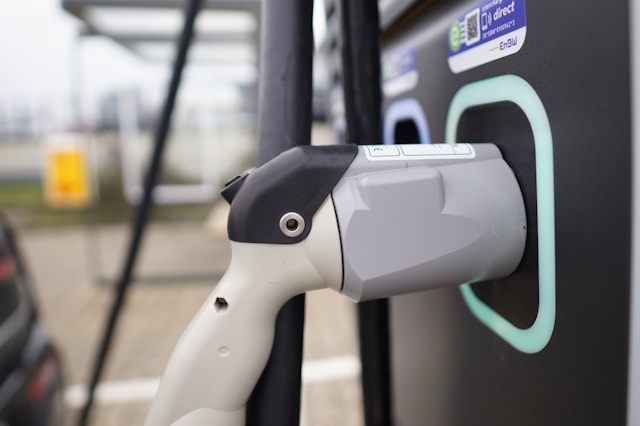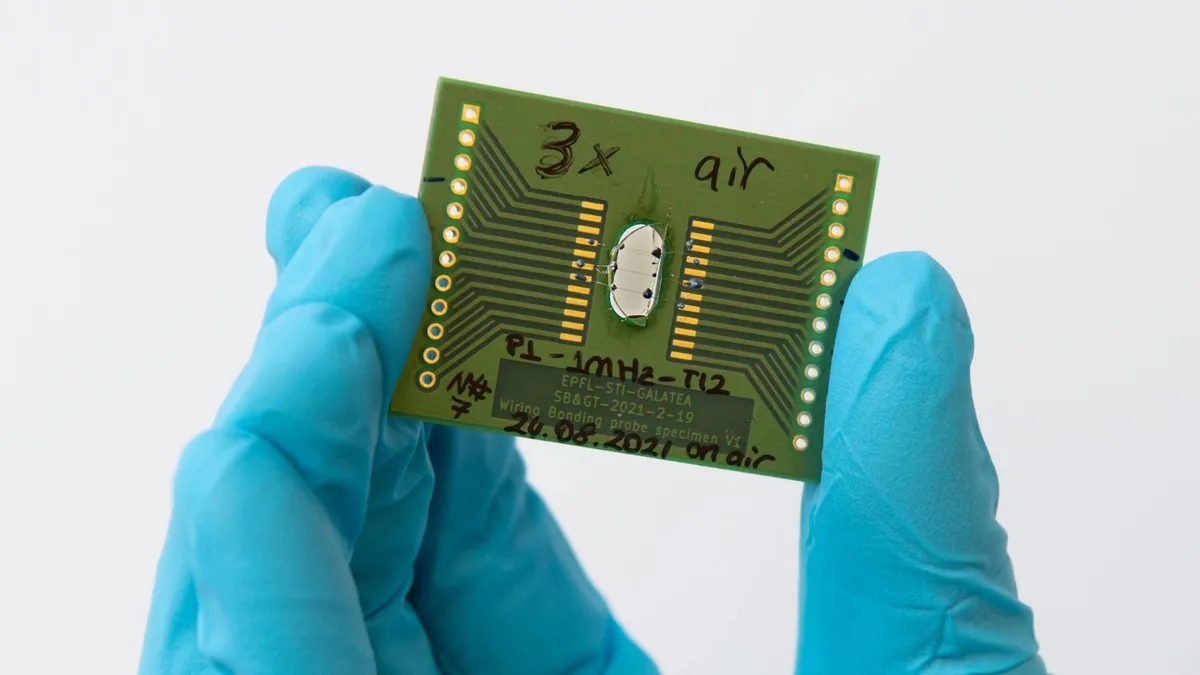For setting up the Gateway orbital lunar outpost, NASA has launched its Cislunar Autonomous Positioning System Technology Operations and Navigation Experiment (CAPSTONE) CubeSat.
Rocket Lab, a Los-Angeles based aerospace company has launched NASA’s tiny CAPSTONE spacecraft on a long trip to the Moon. Rocket Lab is one of a handful of companies trying to launch small satellites exclusively.
The 55-pound (25 kilograms) CubeSat was launched on June 28, atop a Rocket Lab Electron booster, from the company’s Launch Complex 1 on the Māhia Peninsula of New Zealand.
The microwave-oven-sized CAPSTONE will test the stability of the orbit that NASA plans to use for its Gateway space outpost.
The history-making journey will take four months to reach its destination to help prepare for a future moon-orbiting outpost.
The small space station Gateway will serve as a base for crewed expeditions to the Moon and Mars
This space station will not orbit the Earth or the Moon but a spot in space called Libration points, also known as Lagrangian points. Lagrangian points are places in space where the combined gravitational pull of the Moon and Earth roughly balance each other out, allowing spacecraft to essentially “park” there.
Gateway will circle it every six and a half days in a complex 3D orbit called a Near Rectilinear Halo Orbit (NRHO) allowing the Gateway crew to see both the Earth and the far side of the Moon at the same time.







